What Not to Do in Thailand: 14 Mistakes to Avoid
Thailand is one of the most visited countries in the world, drawing travelers with its temples, tropical beaches, vibrant cities, and legendary street food.
But for every incredible experience, there are a few mistakes that can turn your dream trip into a headache, or worse.
Learning what not to do in Thailand is just as important as knowing what to see or eat.
Between cultural missteps, travel scams, and logistical oversights, many first-time visitors make the same avoidable errors.
I’ve spent months traveling across Thailand over the years, from the islands of the south to the mountain towns of the north, and I’ve seen travelers run into problems that could have been avoided with a bit of preparation.
This guide will help you avoid those pitfalls, travel respectfully, and make the most of your trip. Here are the top mistakes you should avoid during your first visit to Thailand.
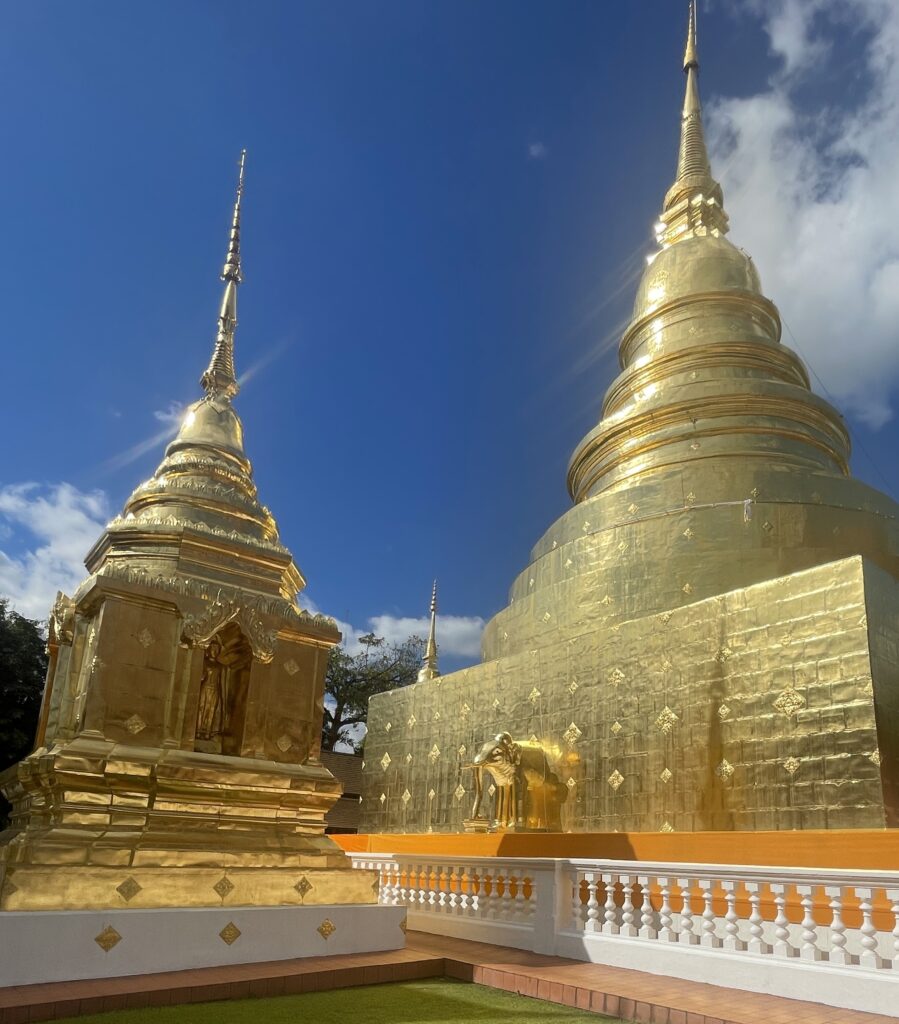
Skipping Travel Insurance
Travel insurance isn’t the most exciting part of your trip, but in Thailand, it’s a must. Many first-time travelers assume they won’t need it, until something goes wrong.
Medical emergencies, scooter accidents, lost luggage, and flight cancellations can happen to anyone. During my travels, I use Safety Wing to keep me covered month to month.
Hospitals in Thailand range from basic rural clinics to world-class facilities in Bangkok and Phuket, and while care is excellent, you’ll need to pay upfront if you’re uninsured.
Even if you’re careful, travel insurance is your safety net. Look for a plan that covers:
- Medical emergencies and hospital stays
- Motorbike and scooter accidents
- Lost or delayed baggage
- Trip cancellations or unexpected delays
A small upfront cost can save thousands in the long run. I’ve met travelers who skipped insurance to save a few dollars, only to pay far more after a minor accident. Don’t let that be you.
Don’t Wear Swimwear or Go Shirtless in Public Spaces
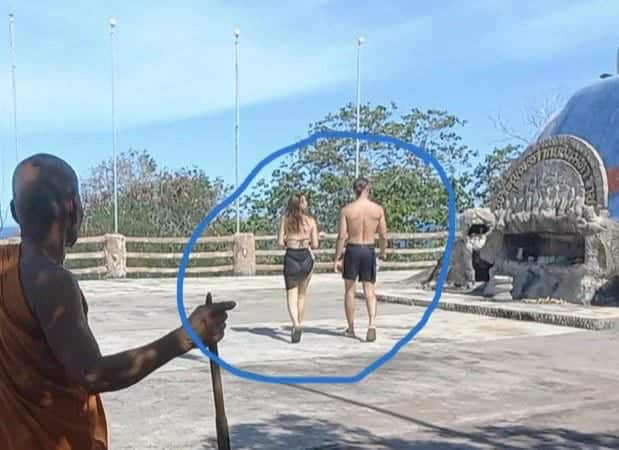
Thailand’s beaches are world-famous, but once you leave the sand, beachwear should stay behind too.
I’ve seen tourists walking through temples, local markets, and even into shopping centers wearing just bikinis or shirtless, and it’s not a good look, especially when you’re nowhere near the beach.
n places like temples or busy street markets, this kind of attire comes off as careless and disrespectful to local culture.
It’s simple: if you’re heading into public areas, throw on a shirt, tank top, or cover-up. You don’t need to dress up, just be aware of your surroundings. A bit of effort goes a long way in showing respect.
Temples, in particular, have stricter expectations shoulders and knees should be covered, and swimwear is a definite no.
Save the swimwear for the beach or pool, and bring something lightweight and easy to throw on for transitions. It’s all part of being a respectful visitor.
Ignoring Seasonal Weather & Monsoons
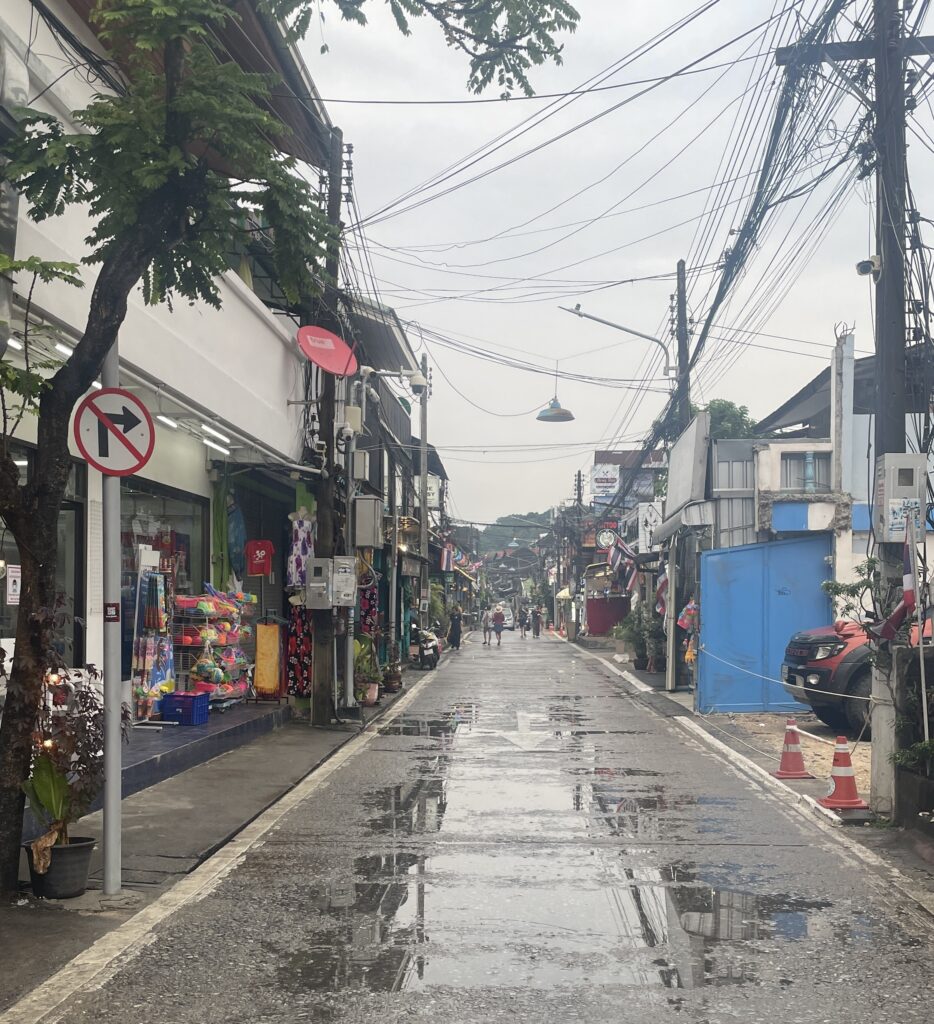
Thailand’s tropical climate isn’t the same year-round, and ignoring seasonal weather can get in the way of your trip.
The country has three main seasons:
- Cool & Dry (Nov–Feb) – The most popular time to visit, with comfortable temperatures and minimal rain.
- Hot (Mar–May) – Extremely humid and hot, especially in Bangkok and central Thailand.
- Rainy/Monsoon (Jun–Oct) – Heavy rains, particularly in the south and on the Andaman Coast, can cause flooding and ferry cancellations.
Visiting during monsoon season doesn’t have to be a deal-breaker, but it changes how you plan.
Some ferries to islands like Koh Phi Phi or Koh Lanta may be canceled, and outdoor excursions can be rained out.
If your heart is set on beach hopping, aim for the dry season. If you’re traveling in the rainy months, plan flexible itineraries and consider visiting northern destinations like Chiang Mai, which are less affected by tropical storms.
Falling for Common Tourist Scams
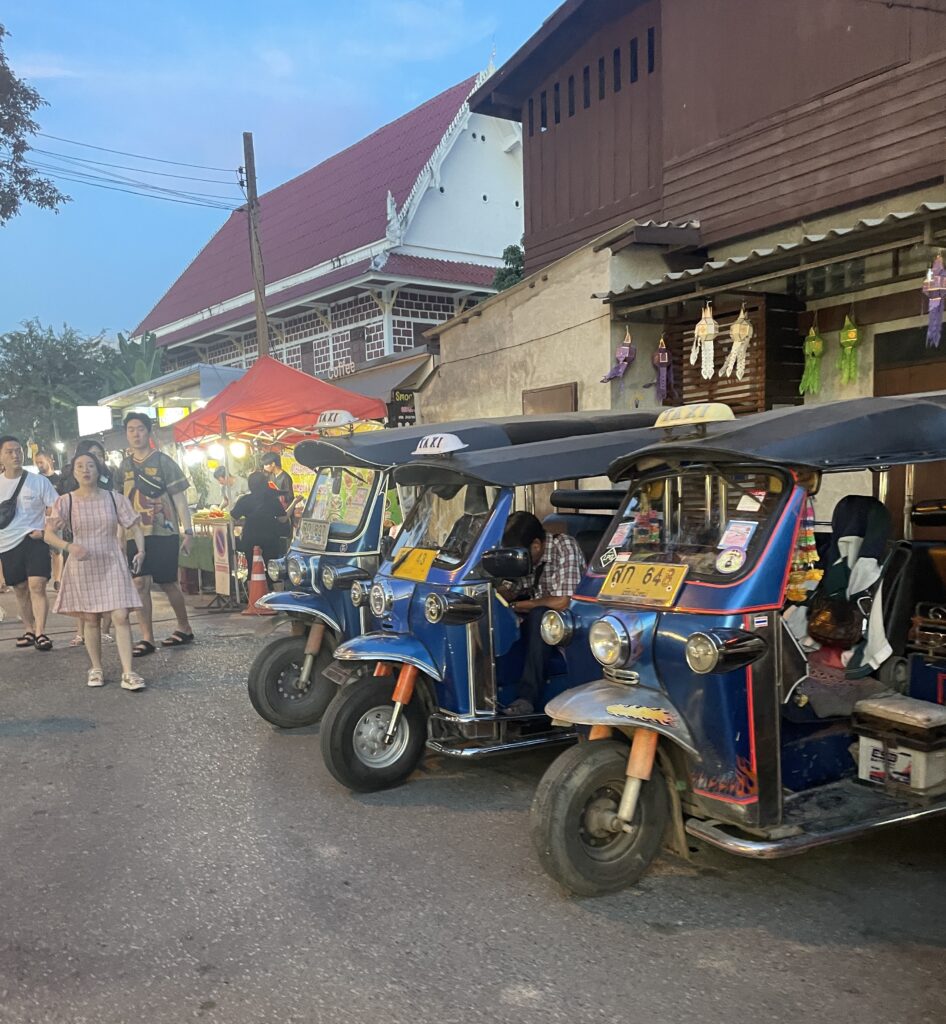
Thailand is generally safe, but its popularity with tourists has led to many victims of a few common scams in the country, which often catch first-time visitors off guard. Here are a few to watch out for:
- Tuk-Tuk “City Tours” – A driver offers to take you around Bangkok for an unbelievably cheap price, but the trip ends up being a series of stops at jewelry or tailor shops where they earn commission.
- Gem Scams – Someone insists you’re getting an unbeatable deal on jewelry or gems—spoiler: you’re not.
- Motorbike Rental Damage Claims – Unscrupulous rental shops claim you scratched a bike when you didn’t. Always take photos before leaving the shop.
- Taxi Drivers Refusing the Meter – A common Bangkok experience. If they won’t turn on the meter, politely walk away or use Grab.
Most of these scams in Thailand can be easily avoided with awareness. If something seems too good to be true, it usually is.
Riding Motorbikes Without Experience
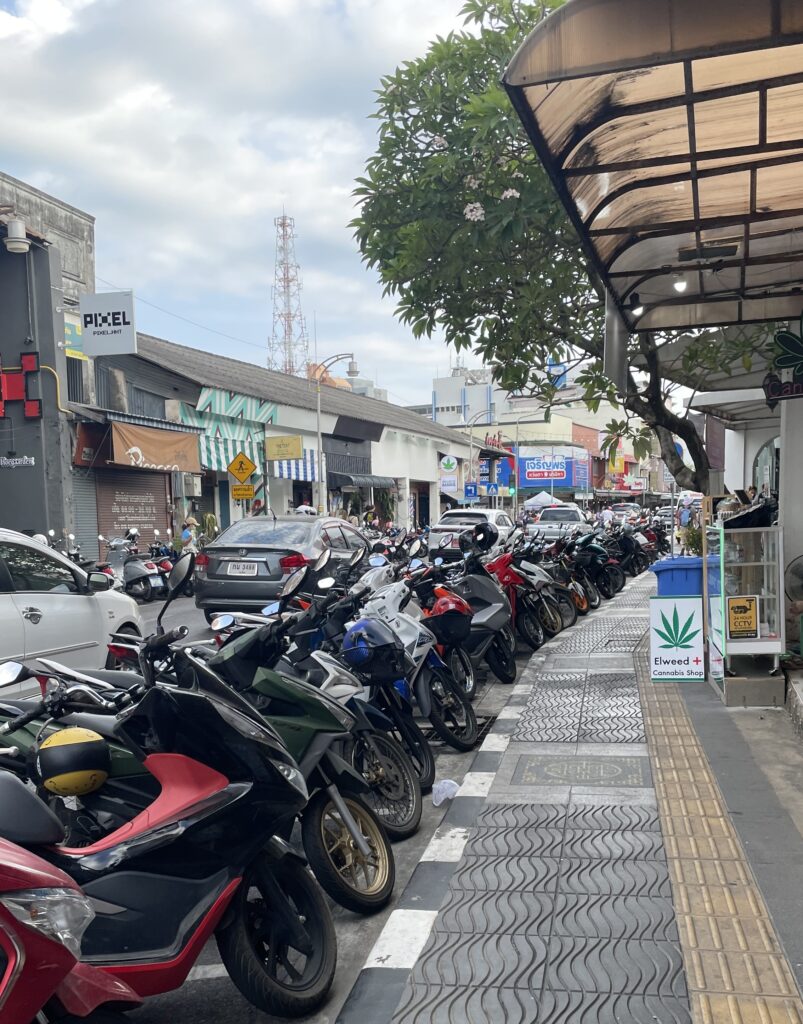
Renting a scooter or motorbike in Thailand can seem like the ultimate way to explore freely.
After all, every island and beach town is full of travelers zipping around on scooters with the wind in their hair.
But here’s the reality: Thailand’s roads are some of the most dangerous in the world, and motorbike accidents involving tourists happen daily.
Between unpredictable traffic in cities like Bangkok, wet roads during monsoon season, and stray dogs darting across streets, it’s not worth the risk, especially when getting around Bangkok is easy with public transit and ride‑sharing.
If you are experienced, take every precaution:
- Always wear a helmet (it’s the law).
- Carry a valid international driver’s permit.
- Take photos of the bike before you leave the rental shop to avoid false damage claims.
- Avoid driving at night, especially in rural areas.
Your safest option? Use local transportation or ride‑sharing apps in cities and islands where available. Saving a few dollars on transport isn’t worth risking a hospital visit, or worse.
Also, your insurance won’t cover you if something were to happen and you’ve broken the law.
Disrespecting Local Culture & Customs
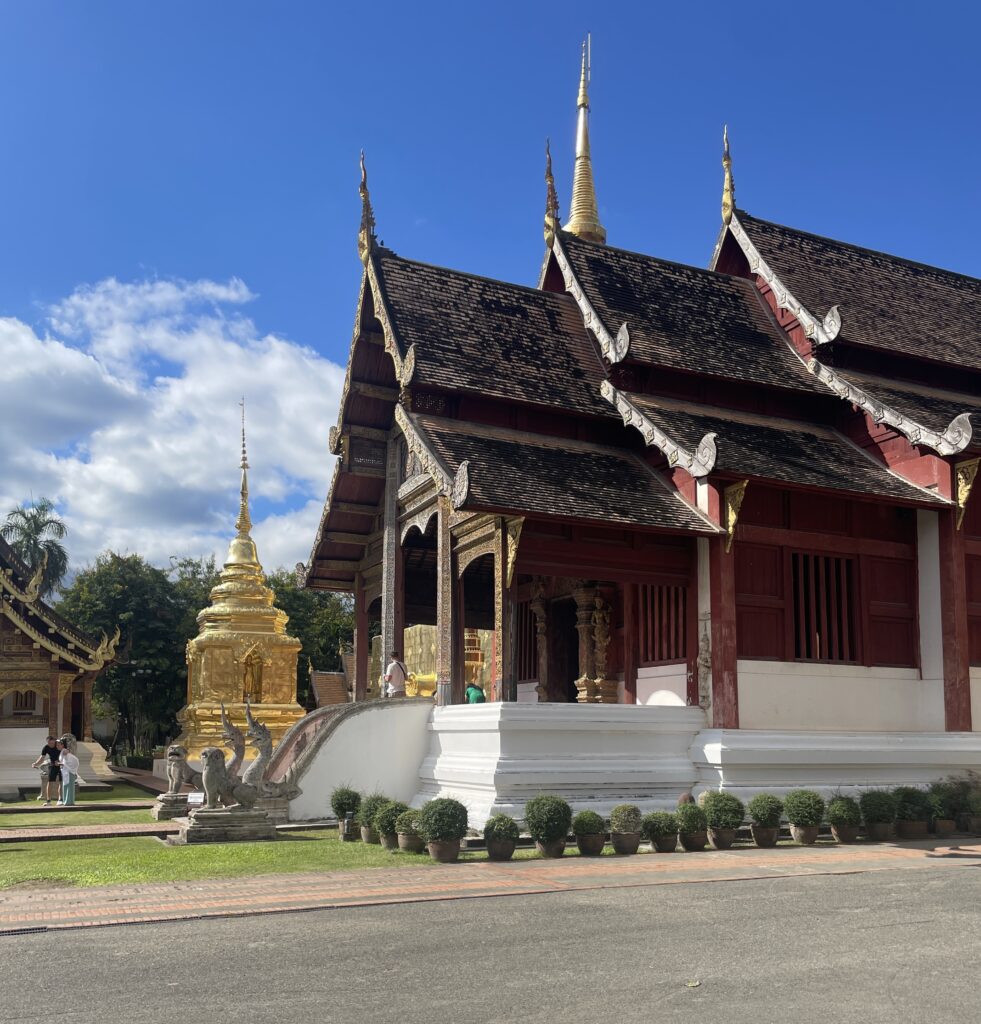
Thailand is famously welcoming, but cultural respect and etiquette is non‑negotiable. A simple smile can go a long way, but ignoring local customs can quickly turn a friendly interaction sour.
- Dress modestly at temples – Cover shoulders and knees. No crop tops, shorts, or tank tops inside temple grounds.
- Remove shoes before entering homes or sacred spaces – It’s a small gesture that shows big respect.
- Don’t touch people’s heads – In Thai culture, the head is sacred.
- Use two hands or your right hand when giving/receiving items – Especially money.
Disrespecting the culture doesn’t just make you “that tourist”; in some cases, it can get you asked to leave a temple or denied entry.
Thailand’s charm lies in its traditions; honoring them makes your trip more rewarding.
Speaking Negatively About the Royal Family
This might surprise some first‑time visitors, but criticizing the Thai monarchy is a serious crime.
Thailand has strict lèse‑majesté laws, meaning even casual or joking remarks about the royal family can lead to arrest or imprisonment. It’s simply not allowed.
Avoid completely doing or saying the following:
- Saying anything negative about the royal family, both online and in person.
- Engaging in political debates with locals about the monarchy.
It’s simple: show respect, you’re visiting a country, respect the law and culture of the country you’re in, and enjoy your trip without any unnecessary risks.
Posting Carelessly: Thailand’s Defamation Laws
Defamation laws in Thailand are stringent, and they extend to social media posts.
Posting a negative review of a hotel, restaurant, or business online, if it harms its reputation, can potentially result in legal trouble.
There are real cases of travelers facing lawsuits for bad TripAdvisor or Facebook reviews.
Tips to stay safe when making comments online:
- Share honest experiences, but avoid inflammatory language.
- If you have a complaint, handle it privately first.
- Keep your online posts positive or neutral about specific businesses.
Thailand takes reputation seriously, and it’s easier to avoid unnecessary problems by being mindful of your online language.
Not Respecting Temples and Buddha Statues
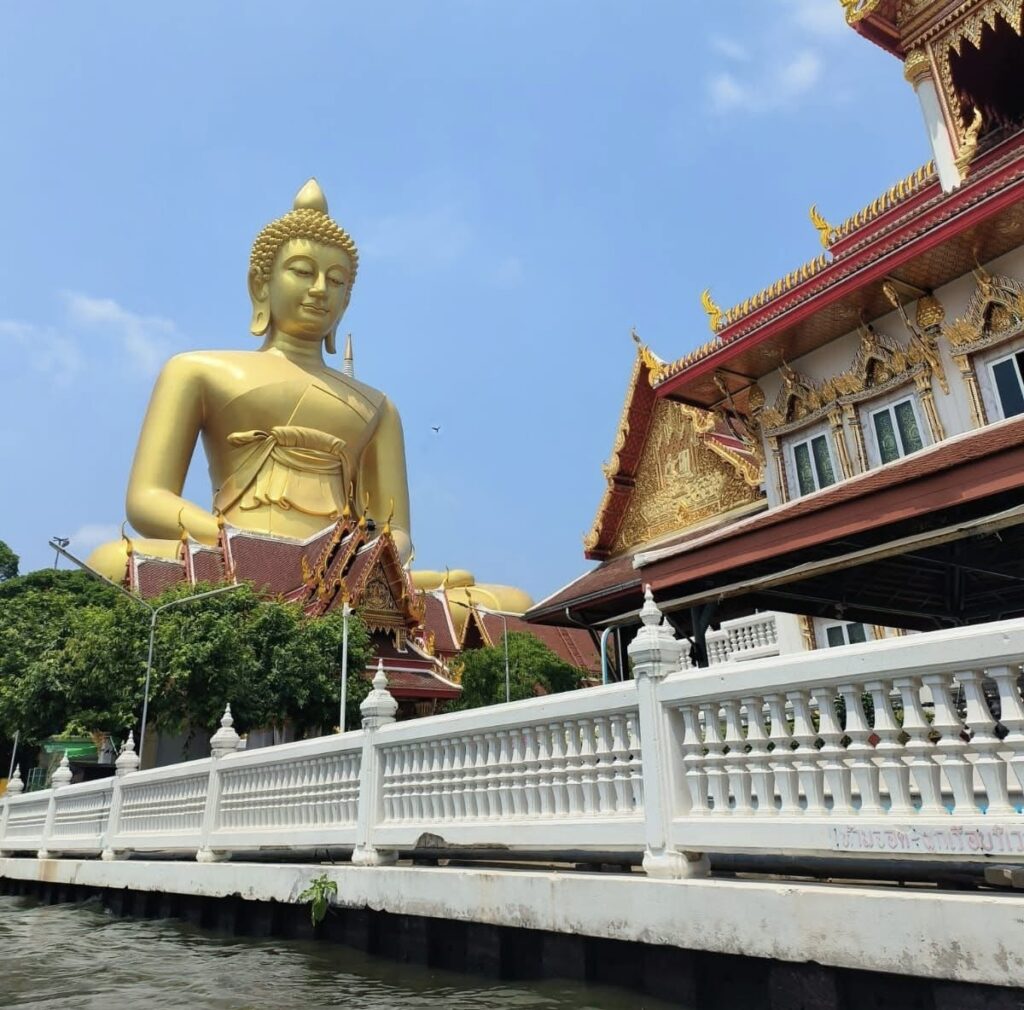
Temples are at the heart of Thai culture, and visiting them is one of the highlights of any trip.
But I’ve watched countless tourists wander in unprepared, wearing revealing clothing, climbing on Buddha statues for photos, or treating these sacred spaces like tourist attractions instead of holy sites. Here are the basics to keep in mind:
- Dress modestly – Cover shoulders and knees. Avoid crop tops, short shorts, or beachwear. A light scarf or sarong in your day bag is a lifesaver.
- Remove your shoes – Before stepping inside the main temple hall (ubosot), leave your shoes at the entrance.
- Mind your body language – Never point your feet at a Buddha statue or monk. Sit with your feet tucked back if you’re in the prayer halls.
- Hands off the statues – Touching or climbing Buddha images is considered highly disrespectful.
I’ve visited temples from Bangkok’s Grand Palace to quiet hilltop shrines in Chiang Mai, and the same rule applies everywhere: act with quiet respect. When in doubt, observe the locals first.
Your reward for following these guidelines? Peaceful, memorable temple visits, and photos that feel earned without offending anyone.
Only Visiting Tourist Hotspots
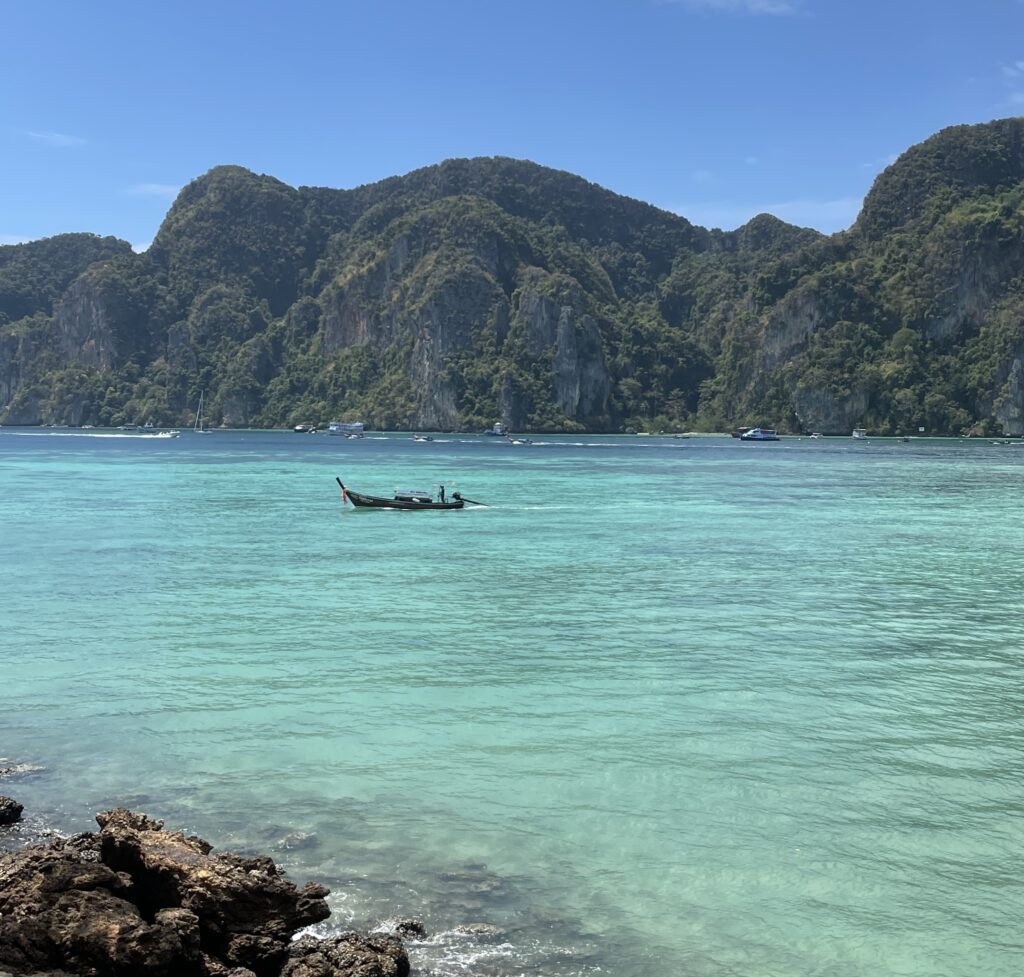
Thailand’s most famous destinations, such as Bangkok, Phuket, Pattaya, and Chiang Mai, are popular for a reason.
But if your trip is only big cities, major islands, and Instagram-famous beaches, you’re missing the real Thailand.
The country shines brightest when you wander beyond the obvious:
- Swap Patong Beach in Phuket for Koh Yao Noi or Koh Lanta for a quieter island experience.
- Trade Chiang Mai’s Old City for a weekend in Chiang Rai or Mae Hong Son, surrounded by mountains and waterfalls.
- Take a day to explore local markets instead of international shopping malls.
When I first started traveling in Thailand, I fell into the tourist circuit. It was fun, but felt incomplete.
The magic really happened once I started visiting night markets with no foreigners, rural temples where monks smiled quietly, and small coastal towns serving seafood caught that morning.
Hit the famous spots, sure, but give yourself at least a couple of days for lesser-known gems. That’s where the stories you’ll tell for years are born.
Or better yet, plan a second trip, you know you’ll be back if it’s your first time visiting!
Overpacking Your Itinerary

Thailand might look compact on a map, but travel here takes longer than most first‑time visitors expect.
Roads are winding, ferries have fixed schedules, and city traffic in Bangkok or Phuket can turn a quick ride into over an hour.
Even domestic flights, which seem short at an hour or so, end up taking half a day once you factor in hotel check‑outs, airport transfers, and waiting to board.
I was lucky on my first trip to Thailand; I had two full months to explore at a slow, comfortable pace.
I could spend several days in each city, wander night markets without rushing, and take spontaneous detours to islands and small towns.
If you only have 7 to 14 days and try to see everything, Bangkok, Chiang Mai, Phuket, Krabi, Koh Samui, and a few extra islands, you’ll end up spending more time in transit than actually enjoying the country. Thailand rewards travelers who take it slow.
Here’s my best advice to avoid overpacking your itinerary:
- Pick 2–3 regions max for a two‑week trip: A classic first‑timer combo is Bangkok + Chiang Mai + Krabi or Phuket.
- Stay 3–4 nights per destination: Three nights is the bare minimum to settle in; four lets you relax without rushing.
- Plan for travel days: Even “quick” transfers can take 4–6 hours by the time you’re checked out, in transit, and checked in again.
- Embrace slow travel: Thailand’s magic often comes from the unplanned moments, a hidden waterfall, a quiet temple, or a street‑food stall that becomes your new favourite dinner spot.
Overpacking your trip creates stress and surface‑level experiences. Moving slowly gives Thailand the chance to work its charm.
Some of my best memories, watching the sunset on a nearly empty Krabi beach or getting lost in a local Chiang Mai market, happened because I had time to breathe and let the country surprise me.
Ignoring Local Transport Tips
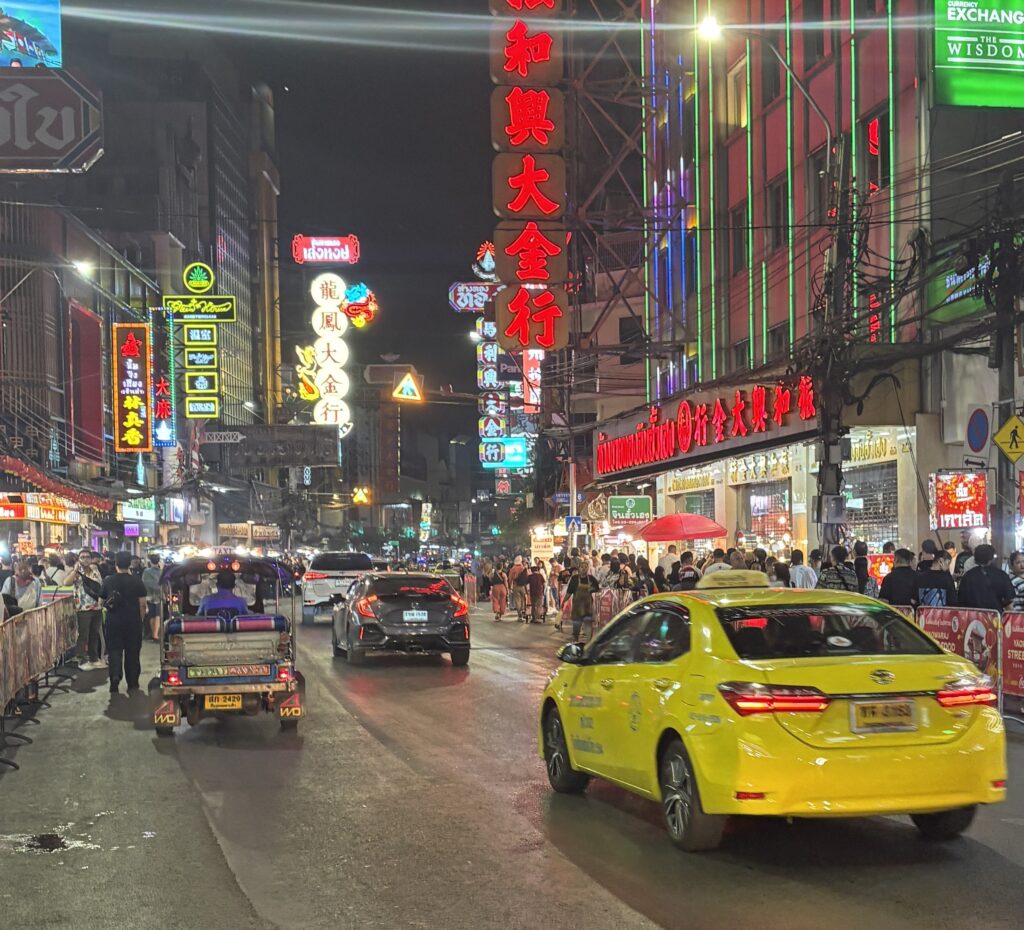
Getting around Thailand is easier than ever, but new travelers often waste time, or more, by not learning the local transport hacks.
Here’s what I’ve picked up after months on the ground:
- Use Grab, Bolt & InDrive in cities – They’re safer than hailing random taxis and prevent overcharging. Check some apps on the islands, they work on some!
- Songthaews are cheap and fun – These shared red or blue pickup trucks act as local buses in Chiang Mai, Phuket, and other cities.
- Domestic flights are affordable – Airlines like Thai VietJet and AirAsia often beat the cost and time of long bus rides.
- Overnight trains and buses exist for a reason – They save you a hotel night and turn travel into part of the adventure.
On one trip, I watched tourists pay double for a short taxi ride from Phuket Town to Patong because they didn’t check Grab. Meanwhile, a songthaew went the same route for a fraction of the price.
Learn the local options before you go, and Thailand suddenly becomes cheaper, faster, and way less stressful to navigate.
Skipping Street Food
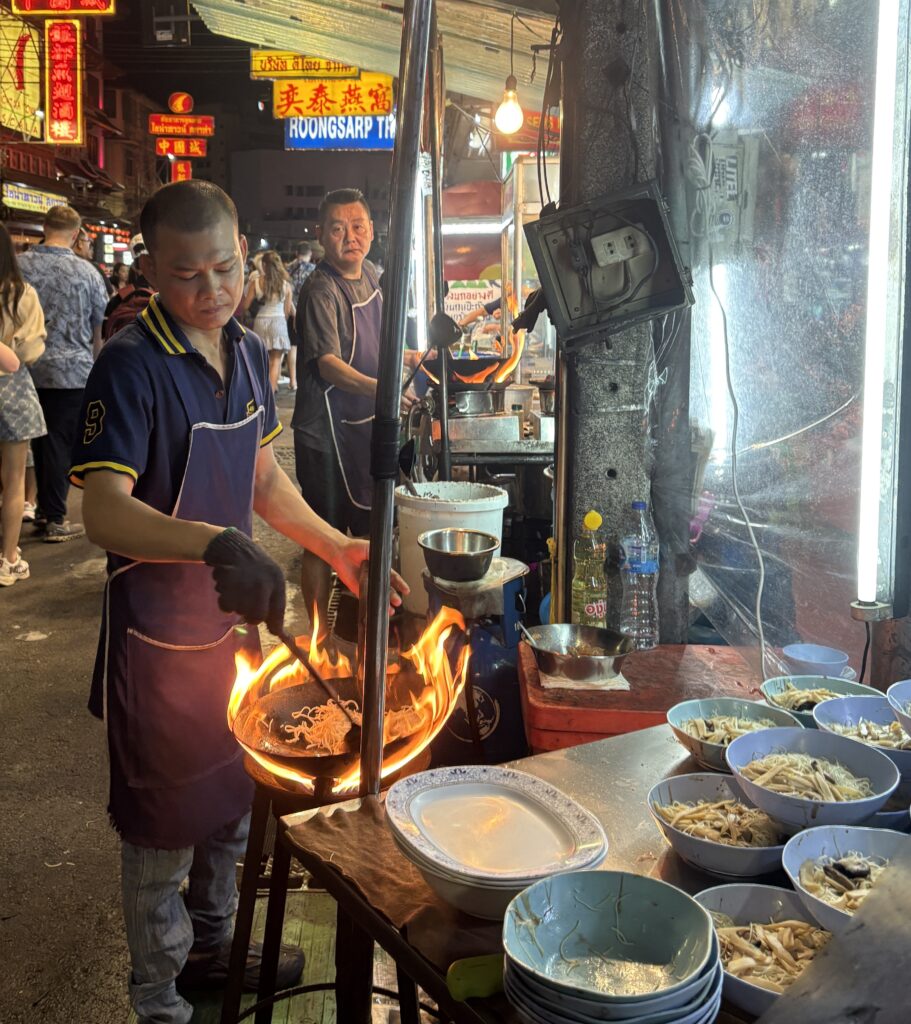
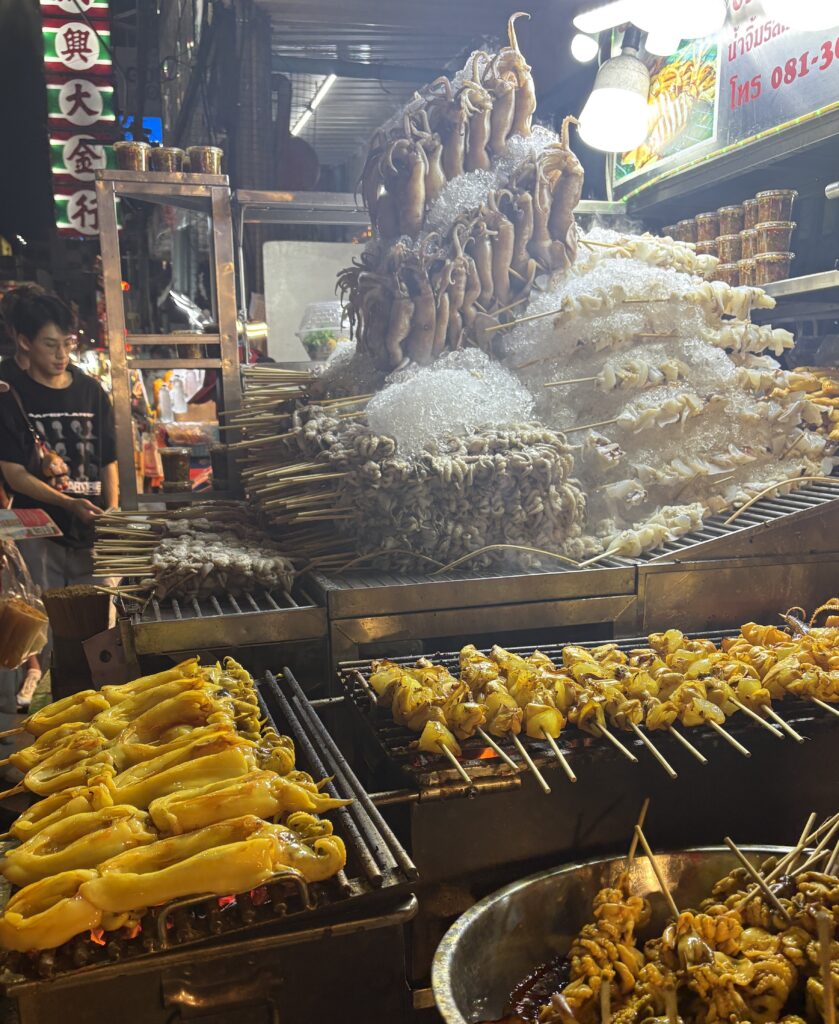
If you visit Thailand and avoid street food, you’re missing half the experience.
I’ve met travellers who stuck to hotel restaurants out of fear, and they left without tasting the real heart of Thai cuisine.
Street food is where Thailand’s flavors come alive. Pad Kra Pao sizzling on a wok, moo ping skewers smoking on the grill, mango sticky rice made right in front of you, these aren’t just meals, they’re memories.
A few tips to enjoy it safely:
- Pick busy stalls – High turnover means fresh food.
- Watch your food cook – Fried, grilled, or boiled is safest.
- Ease into spice – Ask for “mai phet” (not spicy) if you’re new to Thai heat.
Some of the best meals of my life cost less than $2 on a Thai sidewalk. Skipping street food doesn’t just cost you flavor, it robs you of one of the most authentic cultural experiences Thailand has to offer.
Expecting Western Comforts Everywhere
Thailand is modern in many ways, but it’s still Thailand, not Europe or North America.
Expecting Western conveniences everywhere is one of the fastest ways to frustrate yourself and miss the point of travel.
Things to keep in mind:
- Bathrooms may have squat toilets or require manual flushing.
- Showers can be lukewarm and don’t always have doors.
- Bugs are a part of life, especially in tropical or beach areas.
- Pace of service might feel slower, smiling and being patient goes a long way.
I’ve seen travelers lose their cool over tiny inconveniences, forgetting they’re in another culture.
Adapt, don’t complain. Embrace the quirks, and they’ll become part of the adventure.
By letting go of Western expectations, Thailand feels more like an immersive journey than a checklist vacation. You’ll leave with stories, not frustrations.
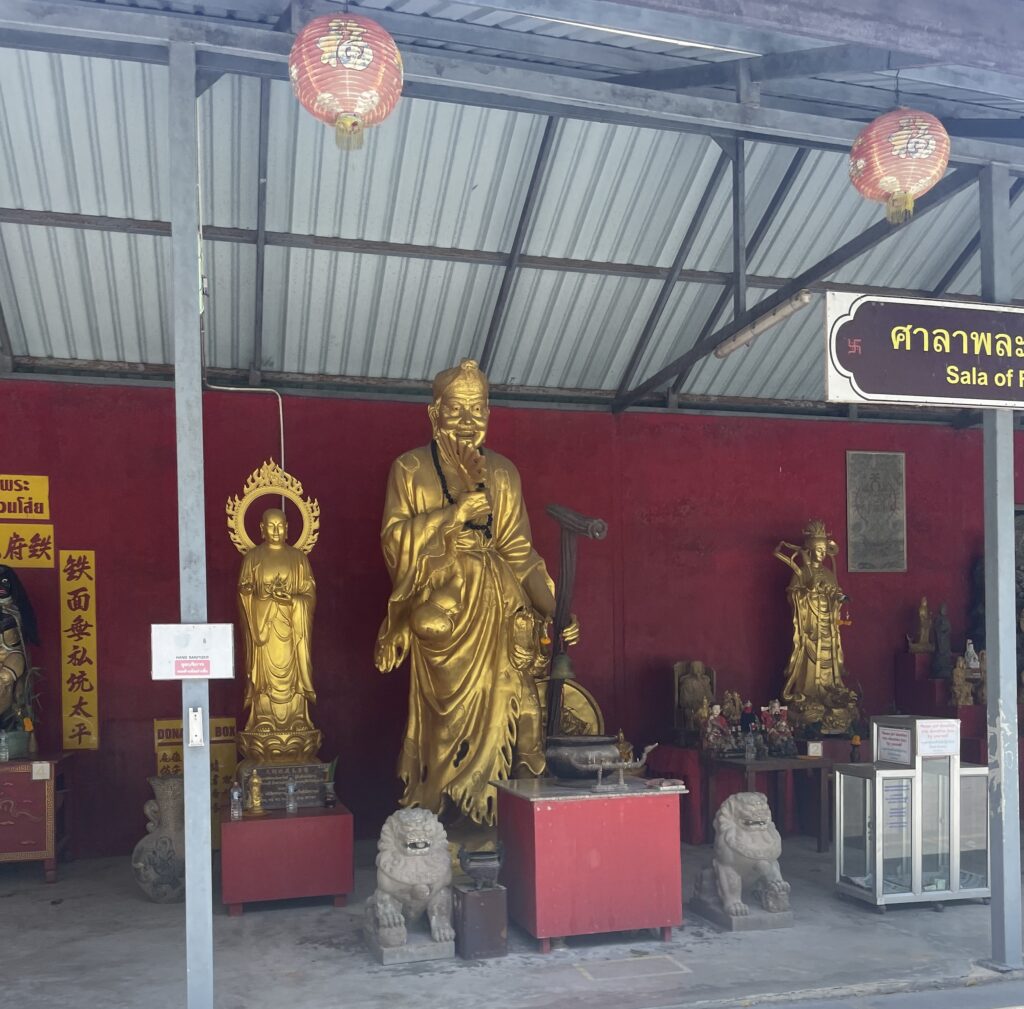
Thailand Travel Etiquette for First‑Time Visitors
If you want to avoid almost every mistake on this list, start with one thing: learn basic Thai travel etiquette.
Even without speaking Thai, small gestures and habits go a long way in earning local respect.
Following these small etiquette tips instantly makes your travel smoother. Locals appreciate the effort, you avoid accidental disrespect, and your whole trip feels more connected to the culture.
- Smile often – Thailand isn’t called the “Land of Smiles” for nothing. A warm smile opens doors and diffuses tension instantly.
- Learn the basics of “hello” and “thank you” – Say “Sawasdee krub” if you’re male or “Sawasdee ka” if you’re female. The same applies for “thank you”: “Khop khun krub/ka.” This slight difference is a huge sign of respect.
- Use two hands when giving or receiving items – Whether it’s cash, a drink, or a gift, this small sign of respect is always appreciated.
- Mind your volume – While Thailand isn’t as strict as Japan, blasting music, having loud conversations, or shouting on public transport is frowned upon. Keep it low and considerate.
- Never raise your voice or lose your temper – Thais value calmness and subtlety. Getting angry in public won’t get results and will likely make the situation worse.
- Respect personal space on public transport – Don’t block doors, remove your backpack if standing, and let passengers off before entering.
- Avoid touching people’s heads – It’s considered the most sacred part of the body in Thai culture.
- Pointing with your feet is rude – Especially toward Buddha statues or people. Tuck your feet back when sitting on the floor.
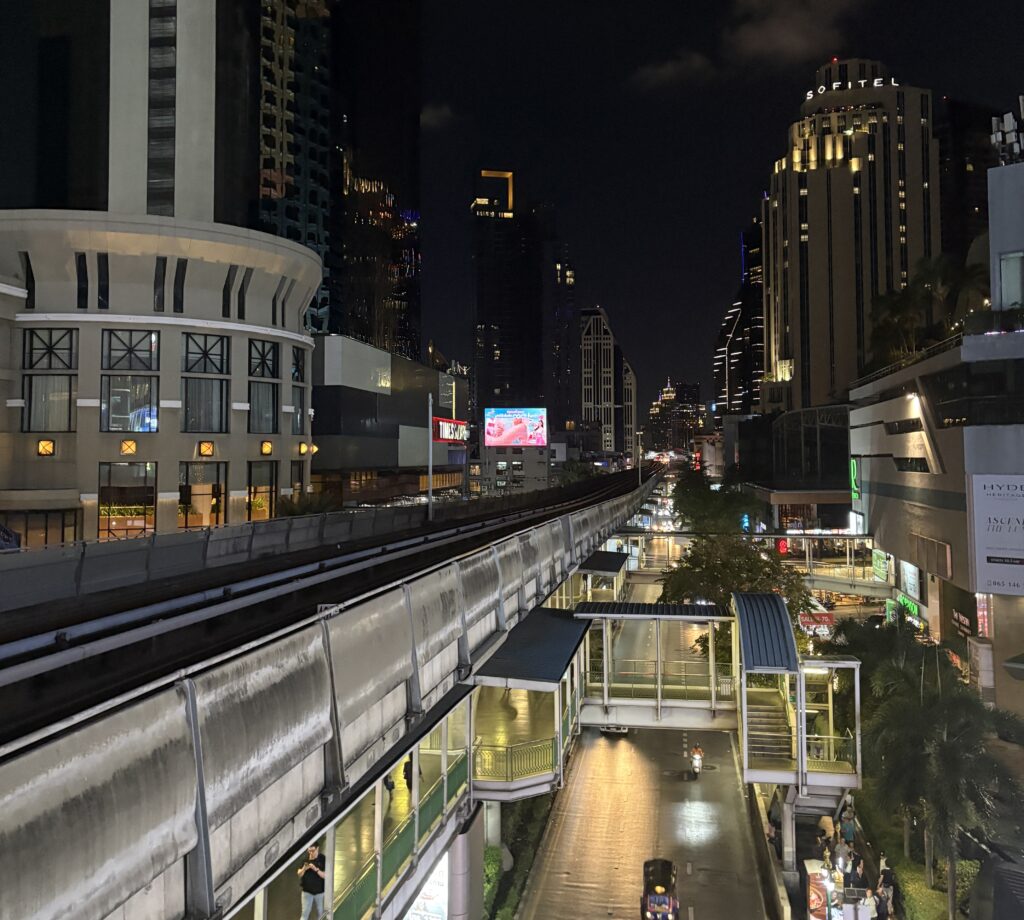
Final Thoughts: Avoiding Tourist Mistakes in Thailand
At the end of the day, none of this is meant to stress you out. Thailand is one of the easiest and most enjoyable countries in the world to travel if you keep a few simple things in mind.
From the moment you land in Bangkok, you’ll feel it: the energy is warm, locals are smiling, and the country just feels welcoming.
It’s a big reason so many people visit Thailand once and immediately start planning their return trip.
I see it constantly in my Thailand travel community on Facebook, which now has over 60,000 members sharing tips, stories, and favorite spots.
Avoiding tourist mistakes in Thailand isn’t about following a rigid rulebook; it’s about traveling with awareness and respect. Dress appropriately for temples, be mindful of local etiquette, don’t overpack your itinerary, and approach each interaction with patience and curiosity.
Do that, and Thailand will reward you tenfold, with incredible meals, unforgettable experiences, and the kind of friendly encounters that stick with you long after your trip ends.
If you want to dive deeper into cultural etiquette and travel tips in Thailand, the Tourism Authority of Thailand offers an excellent official guide for visitors.
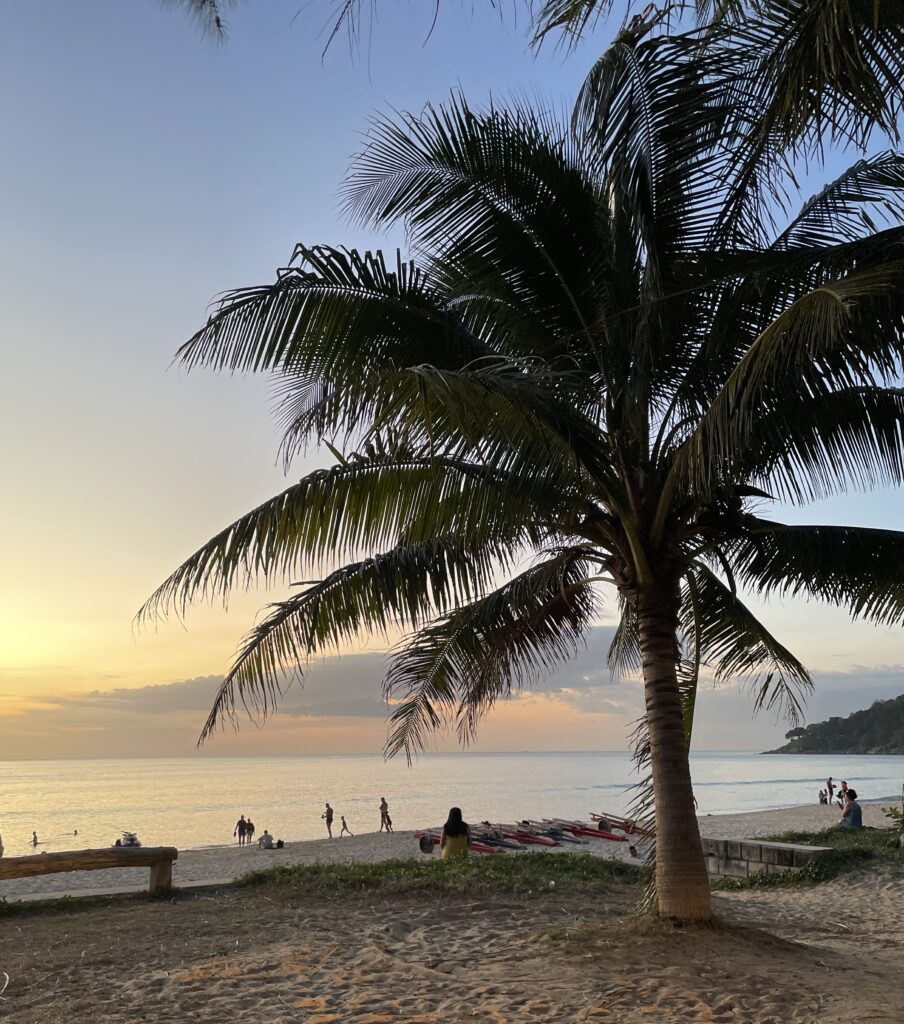
What should you avoid doing as a tourist in Thailand?
Avoid disrespecting temples, touching or climbing on Buddha statues, littering, and ignoring local etiquette like removing shoes indoors. Being mindful of culture and laws will keep your trip stress‑free.
What things are considered rude in Thailand?
Raising your voice in public, pointing at people with your feet, and disrespecting the Thai Royal Family are all considered rude.
Even small gestures, like handing items with your left hand, can feel impolite to locals.
Can you wear shorts in Thai temples?
No temples require modest dress. Cover your shoulders and knees, remove hats, and take off your shoes before entering. Many temples will rent or sell sarongs if you’re unprepared.
Is it safe to speak your mind in Thailand?
Do not discuss politics or express criticism of the monarchy. Thailand has strict defamation and lèse‑majesté laws. Stick to casual travel conversation to avoid trouble.

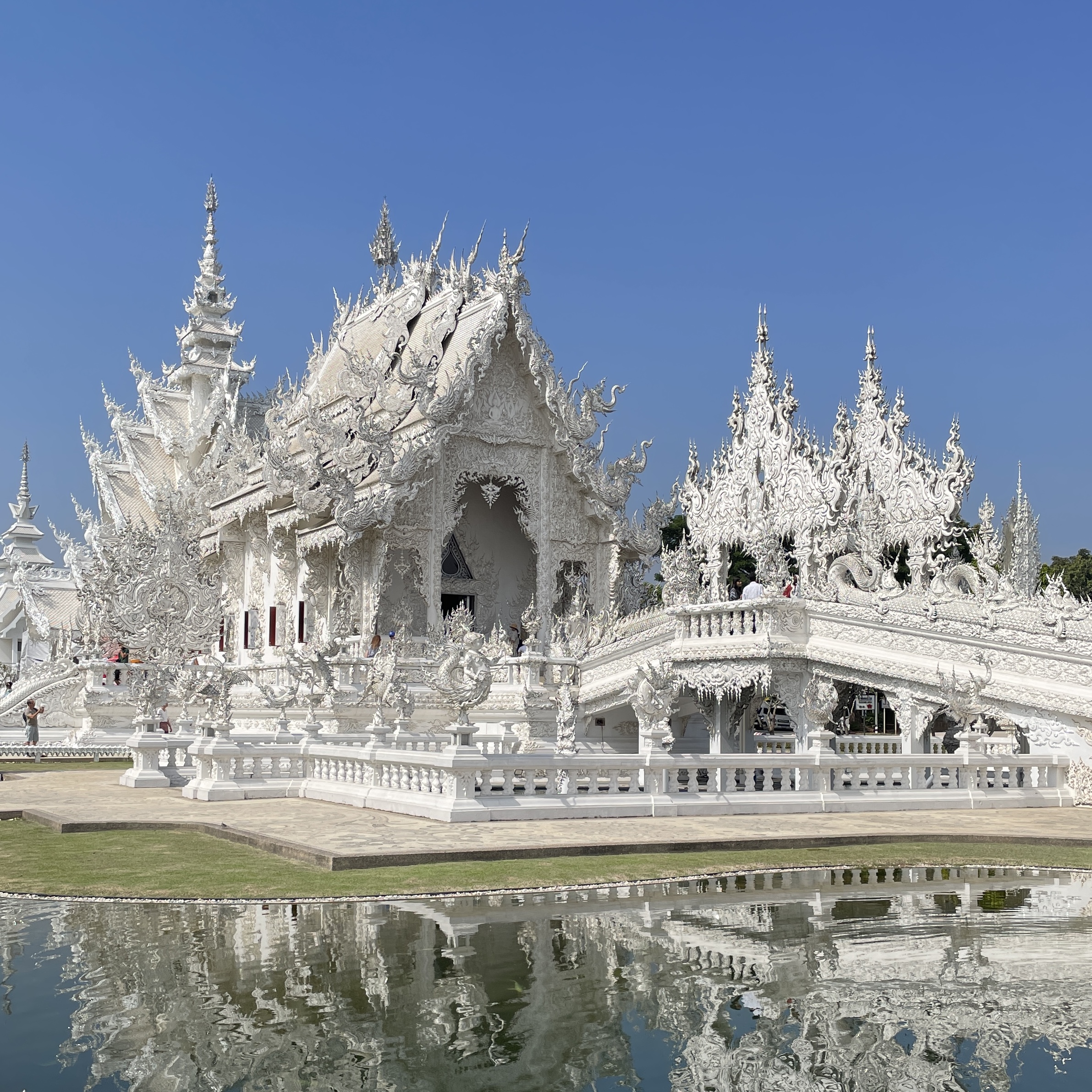
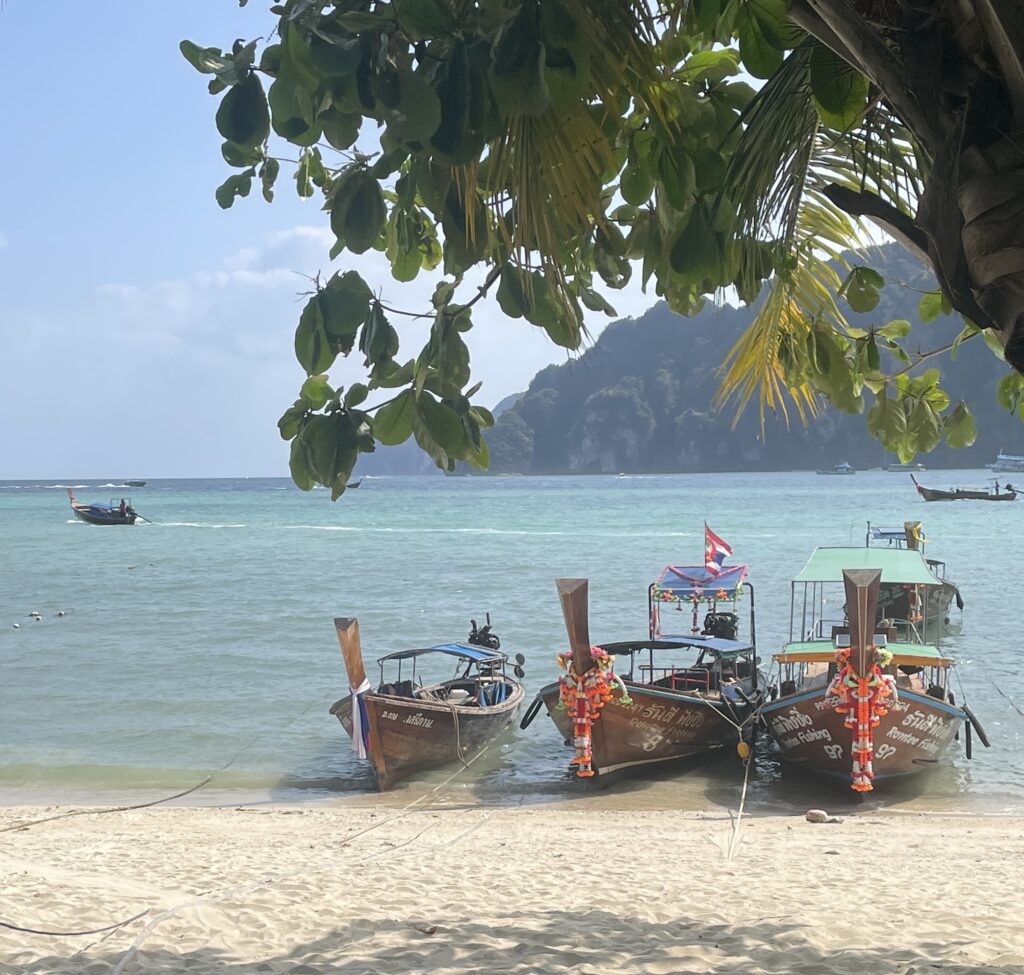
Was in Thailand with my partner and some friends and planned it a bit in advance. All what you mentioned is as how you say and if you apply to those small rules you will have a great trip. We were backpackers and had our apps ready with an extra Telephone Sim-card. We are going back for next year for sure
Good advice! And I’m glad you had a great trip to Thailand! It’s a lovely country, my favourite in fact 🙂 – Enjoy your next visit!